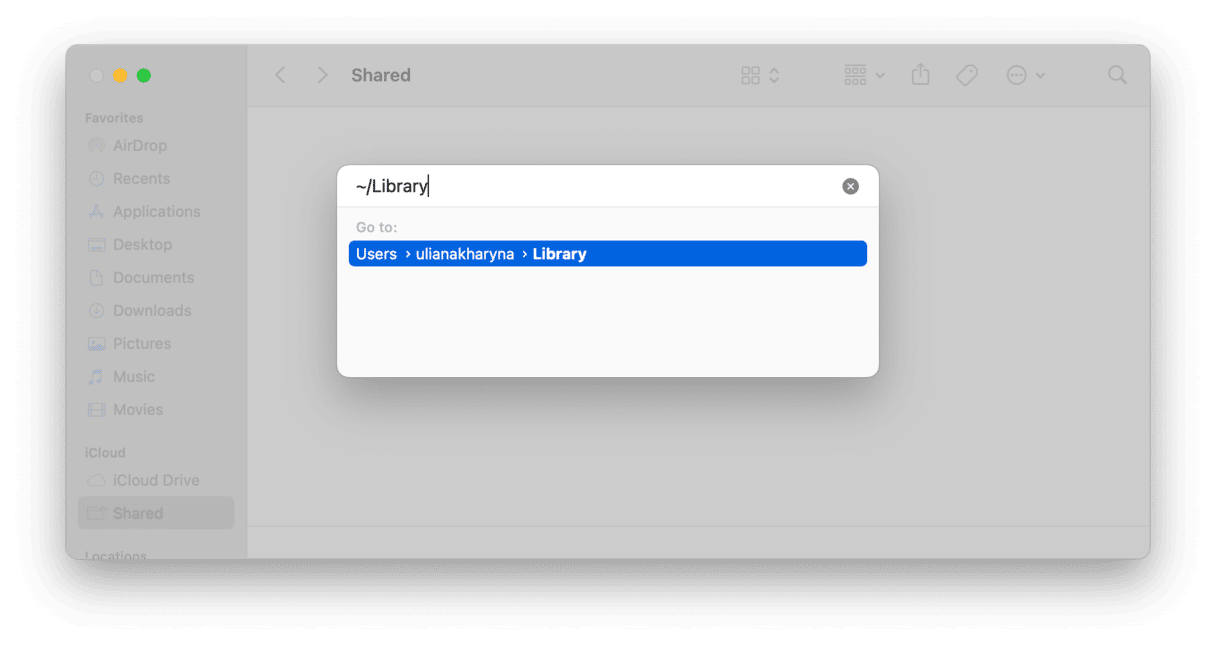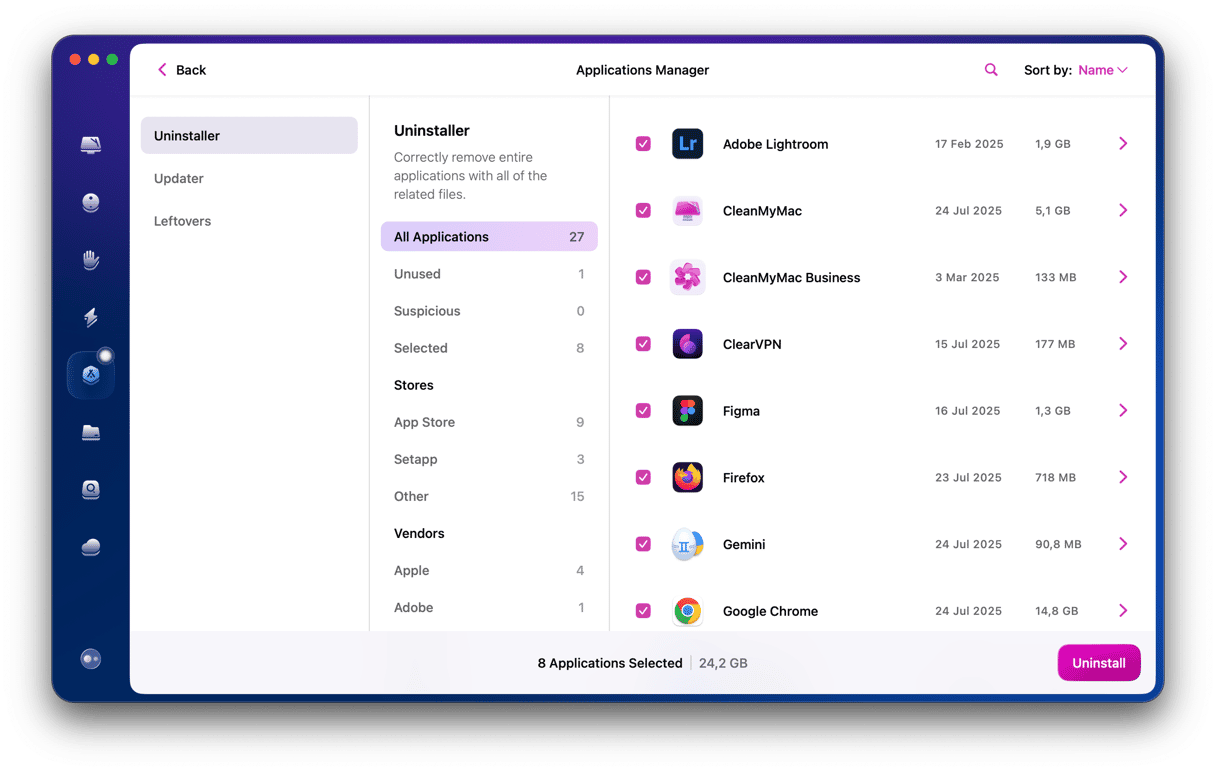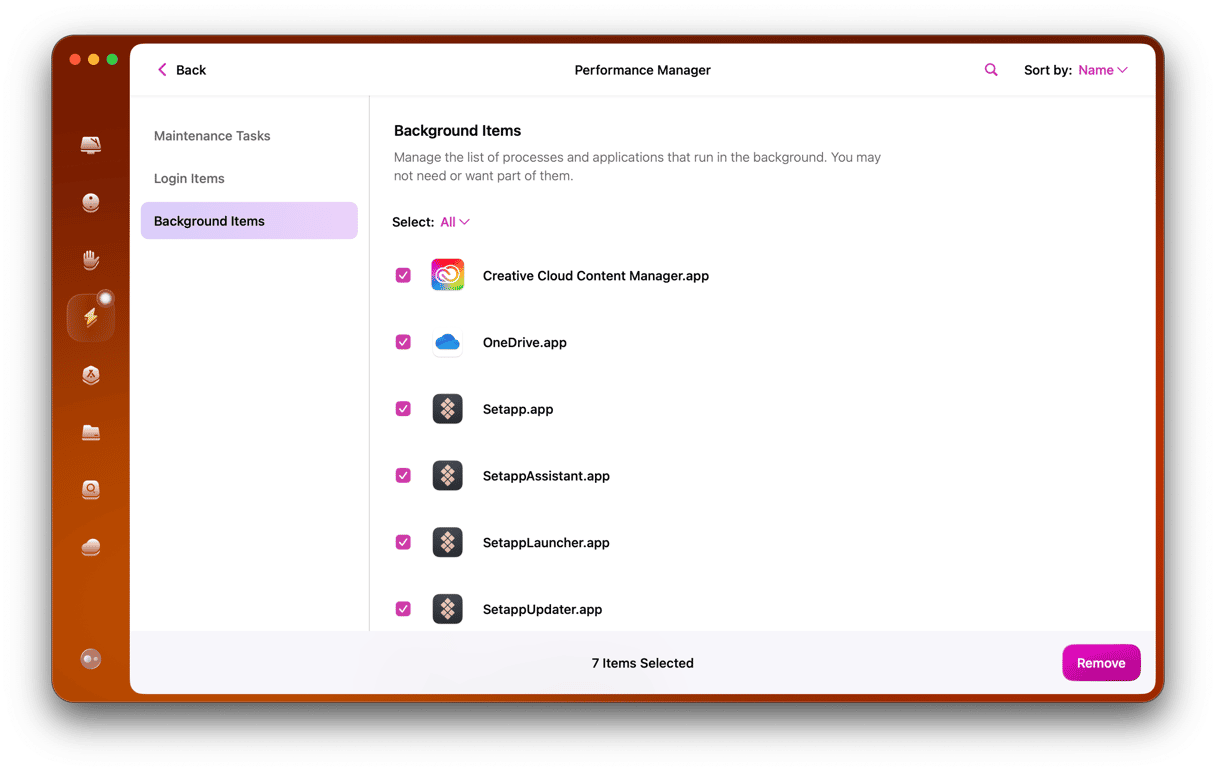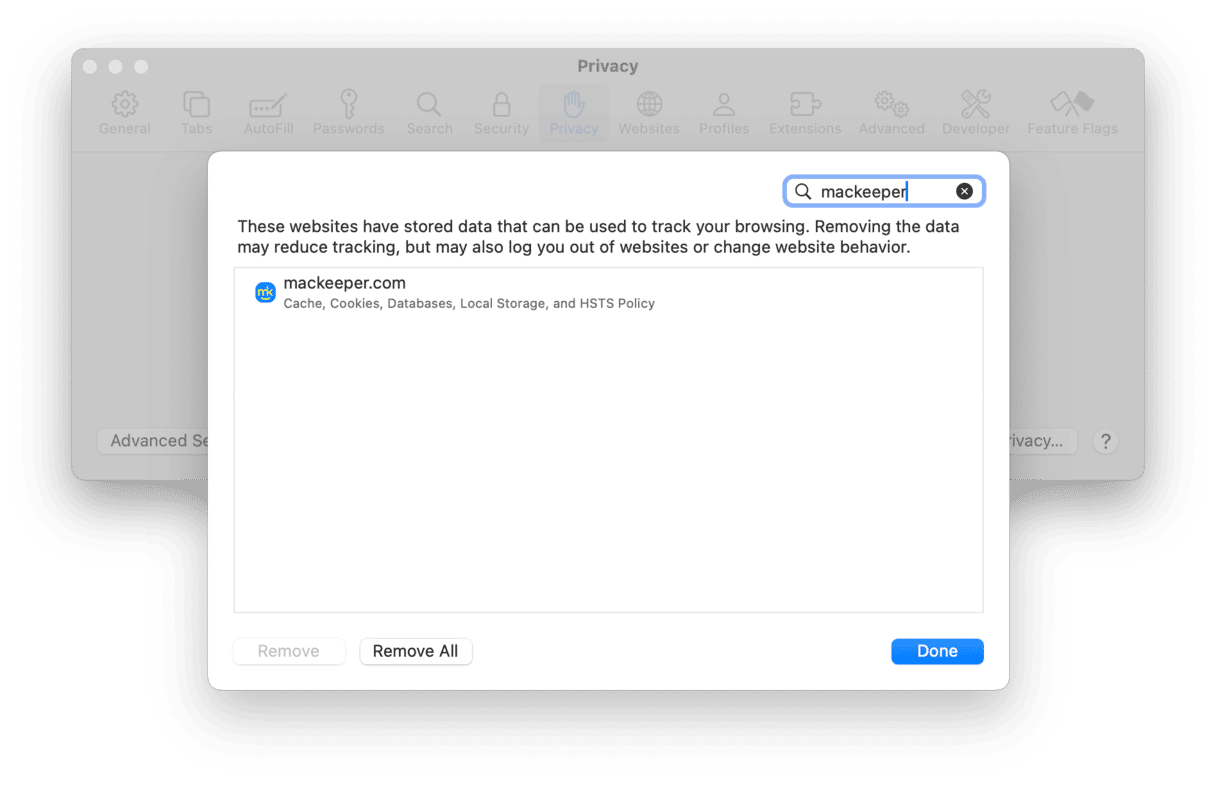MacKeeper is an application that is designed to help you uninstall apps, get rid of junk files, and carry out other tasks that keep your Mac running smoothly and free of clutter. It includes tools that securely erase files and perform backups, among many other features.
However, in the past, it has been heavily promoted on the web using methods that MacRumors calls “unrealistic claims.”
Once installed, MacKeeper has a range of tools to help you keep your Mac running smoothly. But Sophos and Malwarebytes even viewed it as a potentially unwanted program — a form of malware.
Whatever the reason, many Mac users who have installed MacKeeper decide that they want to remove it. However, its removal is a process that may involve a lot of steps. MacKeeper places files in several folders on your Mac, making it even more difficult to remove the app from your device. In this article, we’ll show you how to uninstall it for good.

How to delete MacKeeper from your Mac
There are several different steps needed to completely remove MacKeeper from your Mac. These are:
- Delete MacKeeper from the menu bar
- Uninstall the application
- Delete the files left behind
- Remove browser extensions and cookies
Now, we will address each of the steps in detail to make it clearer how to free your Mac of MacKeeper.
1. Delete MacKeeper from your Mac’s menu bar
Clicking on the menu bar illustrates one of the ways in which MacKeeper makes itself difficult to remove or even stop running. There’s no Quit command. And it doesn’t want you to Force Quit either. So, to delete MacKeeper from your Mac’s menu bar, you need to:
- Go to your Applications folder and double-click MacKeeper to open it.
- Press Command + Q — the app will quit.
If it does not help quit the app, follow these steps after opening MacKeeper.
- Click the MacKeeper menu on the left of the menu bar and choose Preferences.
- Choose the General tab.
- Deselect the checkbox labeled Show MacKeeper icon in the menu bar.
- Quit MacKeeper. Ignore any prompts to activate it or sign up for any services.
2. Uninstall MacKeeper
- Go back to the Applications folder.
- Locate the MacKeeper app and drag it to the Trash.
- If you’re prompted for your administrator password, type it in and click OK.
- You might then see another pop-up (it’s very persistent) asking whether you are sure you want to uninstall MacKeeper. Type in your username and password again and press OK.
- Once it’s deleted, a window may launch in Safari, asking you to complete a survey on mackeeper.com to explain why you uninstalled it. You can either share your opinion or safely ignore it.
3. Get rid of the rest of MacKeeper files
- In the Finder, click the Go menu > Go to Folder and type the following into the box: ~/Library

- Locate the following files in the Library folder and drag them to the Trash.
- Empty the Trash.
/Application Support/MacKeeper Helper (this one is a folder, so delete the whole folder)
/Caches/com.mackeeper.MacKeeper
/Caches/com.mackeeper.MacKeeper.Helper
/LaunchAgents/com.mackeeper.MacKeeper.Helper.plist
/Application Support/MacKeeper Helper
/LaunchDaemons/com.mackeeper.MacKeeper.plugin.AntiTheft.daemon.plist
How to uninstall MacKeeper the easy way
If all that seems like quite a lot of effort to get rid of MacKeeper, there is an easier way. CleanMyMac has the Applications feature that can remove MacKeeper and pretty much any other app in a few clicks.

The benefit of using CleanMyMac instead of uninstalling the app manually is that you can be sure that you will get rid of all the files MacKeeper installed on your Mac. CleanMyMac scans your Mac to make sure that none of the associated files will be left cluttering up your startup drive. Here’s how it works:
- Get your free CleanMyMac trial.
- Click Applications > Scan > Manage My Applications.
- In the Uninstaller tab, locate MacKeeper and select it.
- Click Uninstall.
That’s all there is to it! As you can see on the screenshot, MacKeeper creates lots of additional files, but CleanMyMac will remove them for you.
It is also a good idea to remove any launch agents and login items associated with MacKeeper. You can also use CleanMyMac to do it:
- Open CleanMyMac and go to Performance.
- Click Scan.
- Click Review under Login Items, select Mackeeper-related items and other launch agents you no longer need, and click Remove.
- Repeat for Background Items.

But why delete one Mac cleaning app with another? Well...many people indeed put all Mac cleaning apps in the same box. But in this particular case, the devil is in the details. CleanMyMac is a different software that is notarized by Apple. “Notarized” means it’s been verified as a safe cleaning utility.
Seeing pop-ups? Here’s how to get rid of them
Depending on how you downloaded MacKeeper and where you downloaded it from, you might see a bunch of pop-ups in Safari after you download it. Fortunately, it’s not too difficult to get rid of them. Here’s what you need to do.
Safari
- Quit Safari. If the pop-ups are preventing it from quitting, press Command-Option-Escape and choose Safari from the list of apps in the window that opens to force quit it.
- Open Safari again, but this time, press and hold the Shift key to stop the windows from the last session from reopening.
- Click the Safari menu and choose Settings, then select the Extensions tab.
- Look for any extensions you didn’t intend to install and click Uninstall.
- Repeat step 4 for any other extension you don’t need.
- Now, choose the Privacy tab.
- Click Manage Website Data.
- In the Search box, type MacKeeper to search for any cache files or cookies. If you find any, select them and press Remove.

How to remove Mackeeper pop-ups in Chrome
- Open Chrome.
- In the address bar, type chrome://extensions
- Check for any extensions you didn’t install and click on the Remove button next to them.
- Now type chrome://settings
- In the Privacy and security section, look for Delete browsing data and click it.
- Click on the Time Range menu and choose All Time.
- Make sure Cookies and other site data are selected and click Delete data.

That’s quite a long process, but there is an easier way. CleanMyMac can clear website data like cache files and cookies in just a couple of clicks. Here’s how to do it:
- Get started with a free CleanMyMac trial.
- Open CleanMyMac and click Protection > Scan > Manage Privacy Items.
- In the Privacy tab, click Safari or whichever browser you use to see the items available for removal.
- Select the checkboxes next to the items (e.g., Browser History) you want to delete.
- Click Remove.

Still having problems with pop-ups?
It’s possible that even after clearing out cache files and cookies, you will still see MacKeeper pop-up ads. To prevent that, the best idea is to use an ad blocker. There are several ad blockers for Safari on the App Store. Not all ad blockers are the same, though. Some work better than others, and some block content that doesn’t advertise anything. So, do your research before choosing the best ad blocker to install.
MacKeeper is an application that is designed to clean up your Mac and improve its performance by clearing out junk files, uninstalling apps, scanning for malware, and performing optimization routines. Thanks to its extensive advertising campaign, which uses a number of different techniques that may be found intrusive, it has found its way onto many Macs over the years. And when those users come to uninstall it, they often find it’s not as easy as it should be.
The good news is that if you follow the steps above, you can delete MacKeeper and remove all of the files this app puts on your Mac. If you want to optimize the deletion process and make sure your Mac isn’t cluttered by associated files, CleanMyMac can help.







